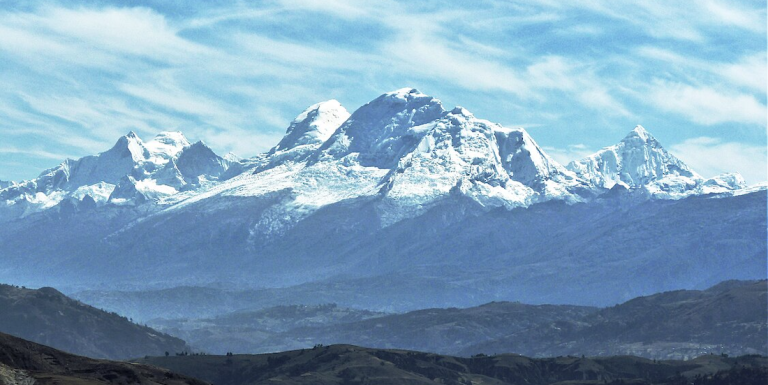
Rescue Teams Battle Severe Weather to Save One Survivor as Tragedy Strikes Mount Huascarán
New York, N.Y. – A tragic mountaineering expedition on Peru’s tallest peak, Mount Huascarán, ended in disaster this week as Chiaki Inada, a 40-year-old Japanese climber, died from hypothermia after becoming stranded in extreme weather conditions.
Inada and her climbing partner, Saki Terada, were trapped near the summit at approximately 6,600 meters (21,653 feet) when dense fog and plummeting temperatures left them immobilized. Despite a daring rescue operation, only Terada survived, now recovering under medical supervision.

The Ill-Fated Expedition
The two experienced climbers began their ascent of Mount Huascarán, part of the Andes range, earlier this month. Located in Huascarán National Park, the mountain is notorious for its unpredictable weather and technical challenges. Authorities reported that the pair activated a GPS distress signal after becoming disoriented in heavy fog, which obscured their path and dropped visibility to near zero.

The Rescue Effort
Local rescue teams, led by General Antonio Loreno, scrambled to locate the climbers after receiving their distress call.
Using the GPS coordinates, responders pinpointed Terada’s location but faced brutal winds and freezing rain, delaying their progress.
By the time they reached Inada, she was unresponsive, while Terada—though suffering from severe frostbite and exhaustion—was conscious.
“The conditions were among the worst we’ve seen,” Loreno stated. “Our teams risked their lives to reach them, but unfortunately, we were too late for one.”
The Dangers of High-Altitude Climbing
Mountaineering experts emphasize the lethal risks of hypothermia and altitude sickness at such elevations. Mount Huascarán, standing at 6,768 meters (22,205 feet), is particularly hazardous due to sudden storms and crevasses. Despite modern gear and satellite communication, climbers remain vulnerable to nature’s unpredictability.
A Community in Mourning
Inada, an avid mountaineer with previous summits in the Himalayas and Alps, was remembered by peers as a determined yet cautious adventurer. The Japanese Alpine Club released a statement honoring her legacy, while Terada’s family expressed gratitude for the rescue efforts.
Lessons for Future Climbers
This tragedy underscores the importance of weather preparedness and emergency protocols in high-altitude climbs. Experts advise climbers to monitor forecasts rigorously and carry backup communication devices.
Summary for audio
Japanese mountaineer Chiaki Inada, 40, died from hypothermia on Peru’s Mount Huascarán after she and climbing partner Saki Terada were stranded in severe weather. Terada was rescued, but Inada did not survive. Authorities warn of the mountain’s extreme dangers.